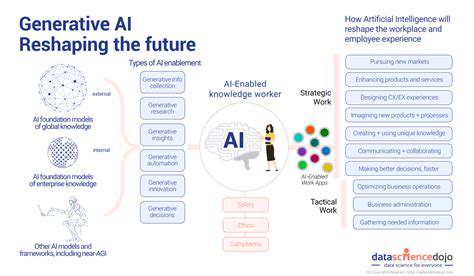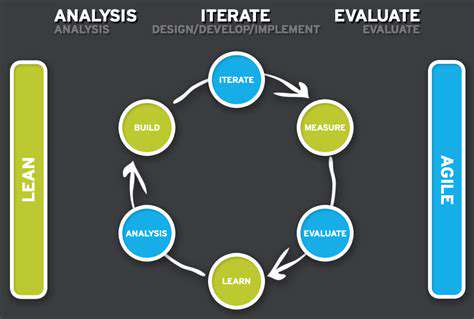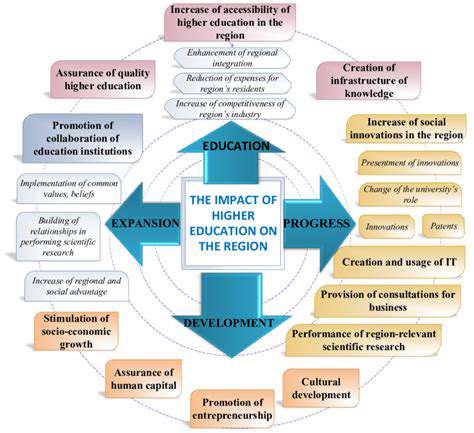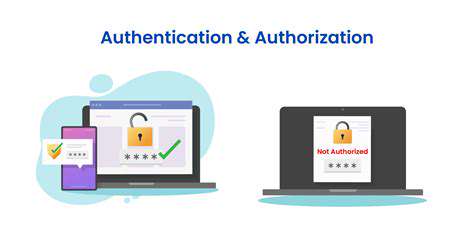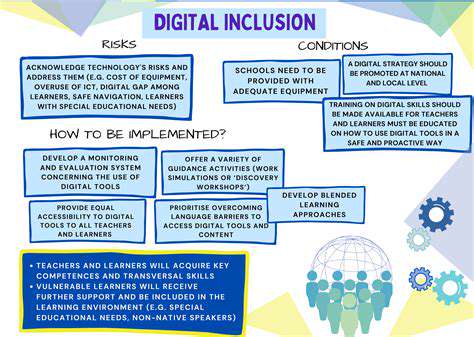Beyond Points: Crafting Meaningful Gamified Experiences
The Limitations of Simple Point Systems
Defining Simple Point Systems
Simple point systems, often employed in gamified experiences, are straightforward reward mechanisms that assign numerical values to actions or achievements. These systems appear frequently in educational settings, mobile games, and corporate training programs. While they provide a basic method for tracking progress, they frequently fail to capture the subtleties of genuine engagement and intrinsic motivation.
To evaluate their effectiveness, it's essential to grasp how these systems operate. Clearly defining points, the activities they reward, and potential milestones is fundamental. However, the inherent simplicity of these systems often leaves them unable to foster deep or lasting engagement.
The Lack of Contextual Relevance
One major drawback is their failure to consider the context behind user actions. A point earned for completing a task might feel meaningless if it doesn't connect to a broader purpose. For example, earning a point for solving a puzzle feels trivial if the puzzle lacks narrative significance. This contextual gap can make the experience feel shallow and disengaging.
When users perceive points as disconnected from the bigger picture, their motivation dwindles. Without contextual relevance, gamified systems struggle to create immersive or meaningful experiences.
Limited Ability to Gauge Skill Growth
These systems often inadequately reflect skill development. Awarding the same points to novices and experts alike can create a sense of stagnation. Users may feel their progress isn't acknowledged, reducing their drive to improve.
More sophisticated approaches incorporate skill-based feedback and progressively challenging tasks. This creates a clearer, more rewarding path for skill acquisition.
Ignoring Intrinsic Motivation
While simple points can motivate extrinsically, they rarely tap into intrinsic motivation—the internal drive to learn and master skills. True engagement comes from challenges that demand creativity, collaboration, and personalization. Points alone can't replicate this depth.
Systems that prioritize intrinsic motivation often include strategic challenges, teamwork opportunities, and customization. These elements foster a stronger connection to the experience.
Difficulty in Creating Meaningful Progression
Linear progression paths in simple systems can feel like checklists rather than dynamic journeys. This monotony diminishes excitement about future progress.
Nuanced systems reward creativity and problem-solving, making progression feel more meaningful and tailored.
Overemphasis on Competition
Many point systems prioritize competition, which can discourage collaboration and frustrate less competitive users. A balanced approach celebrates individual progress and teamwork, creating a more inclusive environment.
Potential for Demotivation
Poorly designed systems can demotivate users through overwhelming point requirements or unfair allocations. Thoughtful design, informed by user feedback, is key to maintaining engagement.
Designing for Intrinsic Motivation
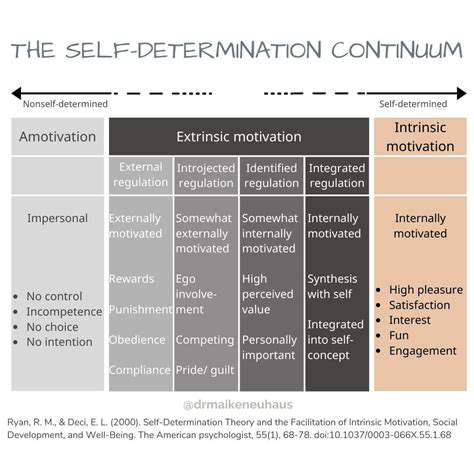
Understanding the Concept of Intrinsic Motivation
Intrinsic motivation refers to engaging in activities for inherent satisfaction and enjoyment, rather than external rewards. It’s the backbone of sustained engagement, driving everything from hobbies to professional growth. Designers must understand this internal drive—rooted in curiosity, accomplishment, and learning—to create resonant experiences.
Identifying User Needs and Values
Effective design requires deep insight into user needs. Beyond surface-level data, designers must uncover the intrinsic rewards users seek, whether skill mastery or community connection.
Designing for Curiosity and Exploration
Curiosity fuels intrinsic motivation. Interfaces should encourage discovery, experimentation, and interest-sparking content. This approach deepens engagement organically.
Creating a Sense of Accomplishment
Users thrive on feeling accomplished. Clear goals, progress indicators, and feedback mechanisms are vital. Celebrating achievements—through badges or personalized feedback—strengthens motivation.
Promoting Autonomy and Control
Autonomy boosts intrinsic motivation. Offering choices, customization, and user-tailored experiences fosters ownership and deeper engagement.
Leveraging Gamification Techniques
Thoughtful gamification—points, badges, challenges—can enhance intrinsic motivation when balanced. The key is subtle integration that feels natural, not transactional.

Leveraging Social Dynamics and Collaboration
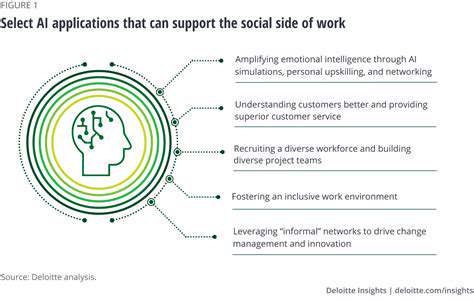
Harnessing the Power of Social Networks
Social networks are now essential for audience engagement. Beyond posting updates, businesses must build genuine connections and join relevant conversations strategically. Analyzing behavior and trends allows tailored messaging, driving higher engagement and loyalty.
Cultivating a Community
Strong communities foster trust and advocacy. Active interaction, responsive communication, and dedicated spaces create belonging. Partnering with aligned influencers expands reach authentically.
Leveraging Influencer Marketing
Influencers amplify brand messages effectively. Choosing those with authentic audience connections is critical for credibility.
Analyzing Data for Insights
Social data—engagement metrics, trends, sentiment—offers actionable insights. Real-time adaptation keeps strategies aligned with evolving needs.
Optimizing Content for Engagement
High-quality visuals, compelling stories, and interactive elements maximize engagement. Platform-specific optimization ensures visibility.
Responding to Feedback and Criticism
Handling feedback professionally safeguards reputation. Constructive criticism drives improvement, showing commitment to users.
Staying Ahead of the Curve
The dynamic social landscape demands continuous learning and experimentation to maintain relevance and impact.
Read more about Beyond Points: Crafting Meaningful Gamified Experiences
Hot Recommendations
- The Gamified Parent Teacher Conference: Engaging Stakeholders
- Gamification in Education: Making Learning Irresistibly Fun
- The Future of School Libraries: AI for Personalized Recommendations
- EdTech and the Future of Creative Industries
- Empowering Student Choice: The Core of Personalized Learning
- Building Community in a Hybrid Learning Setting
- VR for Special Education: Tailored Immersive Experiences
- Measuring the True Value of EdTech: Beyond Adoption Rates
- Addressing Digital Divide in AI Educational Access
- Preparing the Workforce for AI Integration in Their Careers
